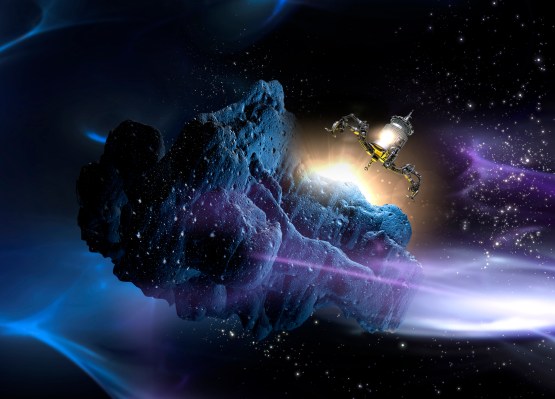NASA pays out $51 million to small businesses with big ideas - 2 minutes read
 NASA has announced its latest batch of small business grants, providing more than 300 businesses a total of $51 million in crucial early-stage funding. These “phase I” projects receive up to $125,000 to help bring new technologies to market.
NASA has announced its latest batch of small business grants, providing more than 300 businesses a total of $51 million in crucial early-stage funding. These “phase I” projects receive up to $125,000 to help bring new technologies to market.The Small Business Innovation Research/Technology Transfer programs help entrepreneurs and inventors transition their work from lab to commercial availability. The money is like a grant, not an investment, and Phase I recipients are eligible for larger Phase II grants if they’re warranted.
This year’s selections, as always, cover dozens of disciplines and apply to a wide range of industries. Among NASA’s own highlights in a news release are high-power solar arrays, a smart air traffic control system for urban flight, a water purification system for use on the moon and improved lithium-ion batteries.
There’s even one award for a company making “a compact sterilizer for use on spacecraft materials” that could also be employed by health workers.
Perusing the lists I was struck by the number of neuromorphic computing efforts, from radiation-hardened chips to software techniques. I take these to be chips and approaches that utilize and accelerate machine learning methods, rather than attempts at computers that truly employ the spikes and plasticity of actual neuronal networks.
The 2020 Phase II announcements won’t come for a while — NASA just released 2019’s last month.
The SBIR program is one of the federal government’s inadvertently best-kept secrets, with billions allocated to a dozen agencies to distribute to small businesses. You can learn more at SBIR.gov.
Source: TechCrunch
Powered by NewsAPI.org